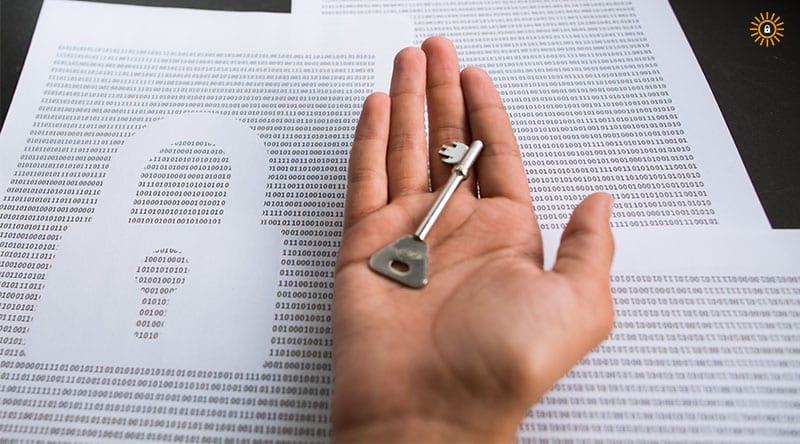- March 16, 2021
- Tags:

While the cyber threat landscape continues to evolve at a rapid rate, so do attack surfaces. As such, organizations are coming to the realization of how critical data is, and why it is important to ensure the privacy and security of data in a world full of numerous security threats.
As cybercriminals and state-sponsored threat actors target technologies and services used within critical sectors, organizations are investing in third-party IT security countermeasures to help enhance controls that might already exist within their infrastructure. In a quest to achieve a comprehensive security posture, organizations across the United States are beginning to consider the SOC 2 compliance framework as a tool to gauge the competency of a third-party security vendor prior to engaging their services.
SOC 2 – stands for Service and Organization Controls – is a security auditing procedure that was developed by the American Institute of CPAs (AICPA) to ensure that service providers are taking proactive measures to securely manage clients’ data. However, unlike other security standards or frameworks, the SOC 2 audit process is unique to each organization’s security needs and overall computing environment. Therefore, for small to midsize businesses (SMBs) with a security-minded leadership, seeking a SOC 2 compliance audit is a minimal requirement when considering which managed security service provider (MSSP) to hire.
Who May Need a SOC2 Audit?
A SOC 2 audit is needed by organizations that interact with customers’ data. To prove to customers that data privacy and security best practices are consistently being followed, a SOC 2 audit is one of the first steps in the requirement chain. Some of the businesses that may derive great benefits from being SOC 2 compliant include insurance companies, healthcare providers, legal firms, cloud service providers, technology firms, retail firms, and managed service providers.
Steps to Consider Before Before Conducting a SOC2 Audit
- Planning Stage: the first thing that needs to be done is planning. At this point, you may want to determine all SOC 2 requirements, your budget, timeline, and the expected deliverables at different stages of the audit. Depending on the type of audit you will be conducting, factors might vary greatly. Planning your audit will help you not to deviate from your intended course, and ensure completion at the desired time. You may also consider developing a roadmap that will be used to guide the process.
- Determining scope: SOC 2 audits tend to cover a wide range of issues and various Trust Service Criteria (TSC). These criteria include security, confidentiality, privacy, availability or processing integrity, etc. However, you may choose to concentrate on just a single criterion. It is good to determine beforehand what you want to include before the actual audit begins. The systems that will be audited should also be determined at this stage.
- Finding a competent SOC 2 auditor: search for a SOC 2 auditor who is certified by the AICPA (American Institute of Certified Public Accountants) so as to guarantee the best results. For some of the best feedback, you may want to consider the opinion of individuals or organizations who might have consulted with specific SOC 2 auditing firms in the past.
- Assessing your SOC 2 readiness: prior to commencing a SOC 2 audit, it is necessary to identify which security controls, systems, and processes require an audit. By conducting a readiness assessment, your organization will understand if there are any residual risks that might impact business continuity, during the auditing timeframe.
- Conducting the audit: engage the selected firm to commence the actual audit. You must also ensure that representatives from your organization keep close touch to provide any assistance while the audit is being conducted.
- Establishing documentation: After the SOC 2 audit has been completed, you should ensure that all necessary details and results are documented. The auditor will provide a report that shows the results of the audit. This report will be a summary of the processes, systems, and data that were audited in the entire audit period. It is this report that will be used as proof that the controls in the organizations are effective and adequate in guaranteeing the required levels of security.
Conclusion
Observing the above steps will help to ensure that your SOC 2 audit journey is a success. Remember that the reports generated from the auditing process will be used to coordinate service level agreements (SLAs) with potential clients. Therefore, ensuring that your organization is SOC 2 compliant is an advantageous step to providing clients with peace of mind. With many organizations realizing the importance of data privacy and security, being SOC compliant will make your organization competitive and relay the message that information security is paramount to your day-to-day business operations.








